The world's most expensive megaprojects currently under construction
Infrastructure projects with price tags that will make your jaw drop
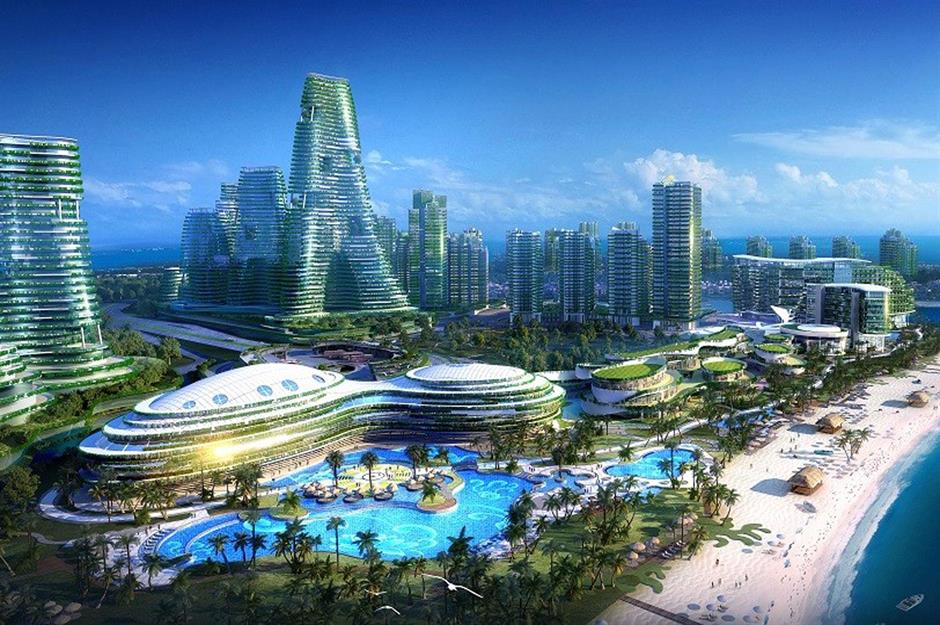
While we've all heard of the Hoover Dam and Taj Mahal, some of the world's most mind-boggling megaprojects are still under construction. And these billion-dollar builds are set to become the priciest on the planet. From colossal dams and supersized airports to smart cities and futuristic rail networks, read on to discover the most expensive megaprojects happening right now, and how they're going to change our world. All dollar values in US dollars.
Hinkley Point C, UK: up to $29.4 billion (£21.8bn)
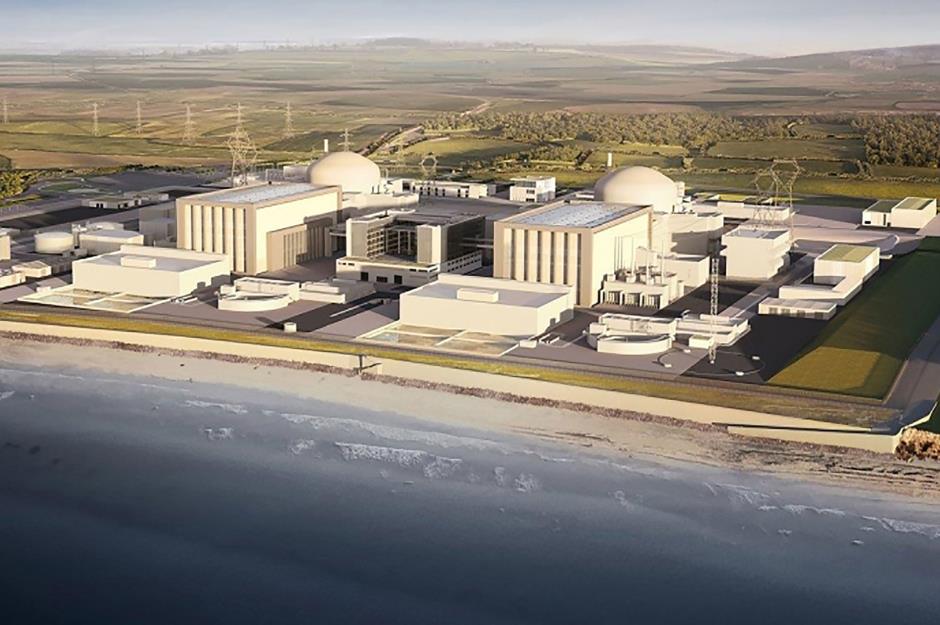
Approved by the UK government in 2016, Hinkley Point C, a nuclear power station located in Somerset, England, is still under construction, despite plans suggesting that it would be powering millions of homes by 2017. Controversially, the construction costs for the nuclear power station will be covered by two foreign state-owned enterprises: France's EDF Energy, and China General Nuclear Power Group (CGN), which has been blacklisted by the US.
It's the first new nuclear power station to be built in the UK in more than 20 years and will be the world's most expensive nuclear power plant, costing twice as much as the 2012 London Olympics. And it's not just the budget that has blown expectations; according to the latest reports, the workforce has swelled to 8,600, around 3,000 more people than originally predicted. In May this year, EDF announced that the plant would be delayed even further due to a combination of factors including Brexit and the Russian war in Ukraine.
Doha Metro, Qatar: $36 billion (£27.2bn)
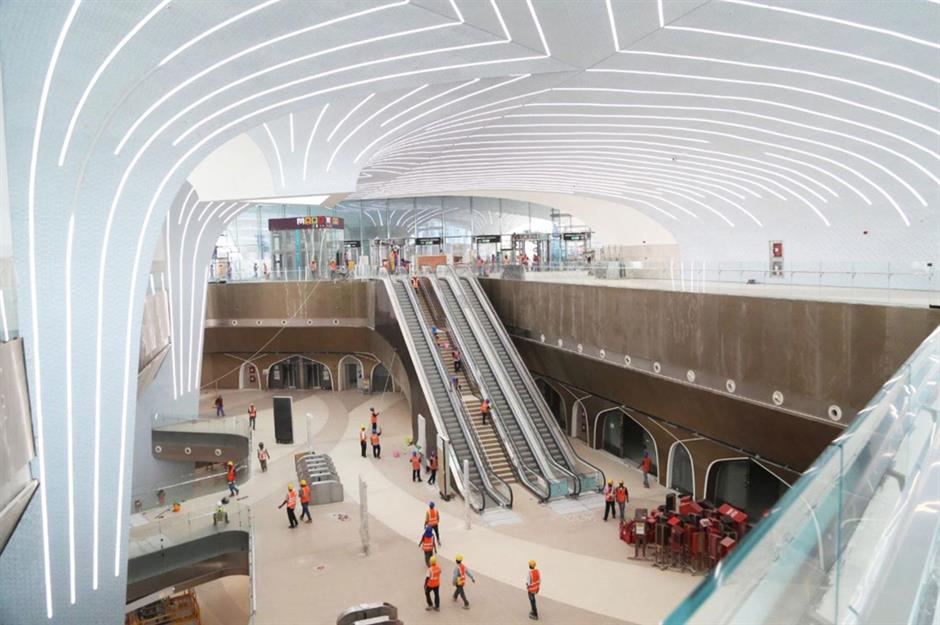
Phase one of the world's largest ongoing metro megaproject, Doha's rapid transit system in Qatar, was completed in 2019. Considered one of the most advanced transport systems ever made, the driverless metro will eventually have four different lines: Red, Gold, Green, and Blue.
The Blue line is currently scheduled for completion in 2025, at which point the Metro network will stretch over 186 miles and stop at around 100 ultra-modern stations. In March this year, the Qatar Rail Company announced that it had already sold 1.5 million travel cards for the existing lines.
Great Man-Made River, Libya: $25+ billion (£18.53bn+)
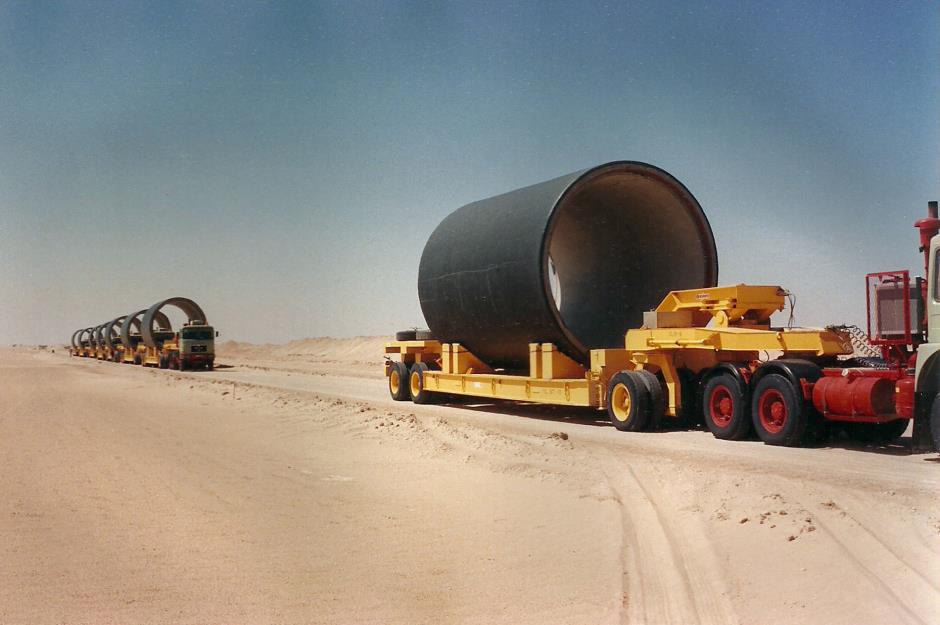
The world's largest irrigation project, Libya's Great Man-Made River is a partially completed network of pipes that stretches 1,750 miles, supplying drinking water from desert aquifers to the country's coastal cities.
The brainchild of deposed dictator Muammar Gaddafi, who described the megaproject as "the eighth wonder of the world", the network was damaged by NATO air strikes in 2011, with the ensuing civil war further delaying construction of the final phases. So far the project has cost more than $36 billion (£28bn) since its inception in 1983.
Songdo International Business District, South Korea: $39 billion (£29.9bn)
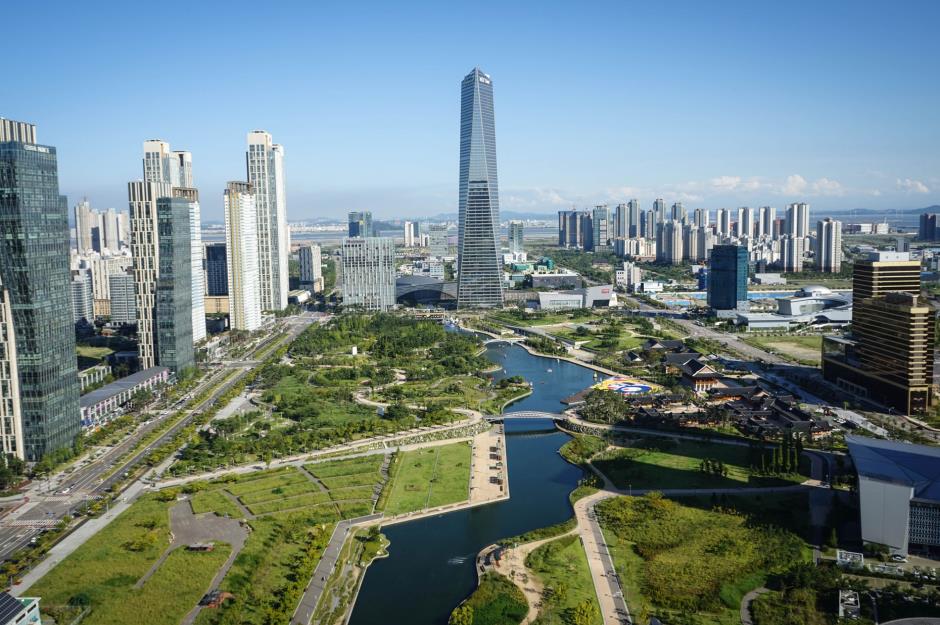
South Korea's shiny new smart city, which apparently emits 70% fewer emissions than other cities its size, was built from scratch on reclaimed land near the capital Seoul. The largest private property development in history, the 600-hectare state-of-the-art city features eco skyscrapers and copies of Venice's canals and New York's Central Park.
The project launched in 2003 and is set for completion in 2025, according to the official website. In 2018, the Songdo International Business District was less than a quarter full, with only 70,000 residents. Developers are now trying to entice foreigners via new developments such as American Town; this 'Americanised' portion of the district will feature five towers, providing space for 900 apartments and 1,000 businesses.
Lusail, Qatar: $45 billion (£33.4bn)
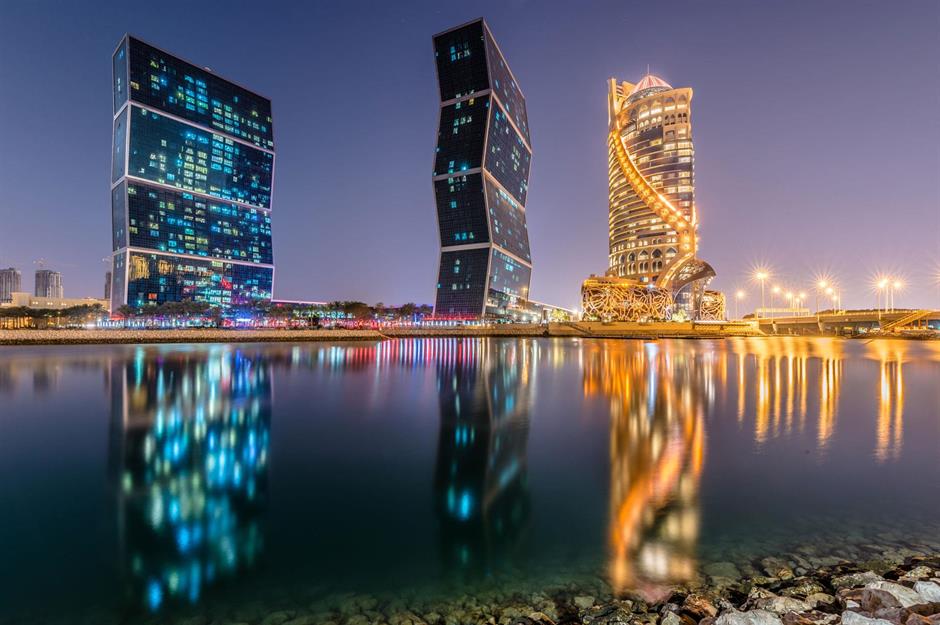
It's not just the Doha metro that's under construction in Qatar. A cutting-edge planned city, the Lusail development, which is being designed to accommodate 450,000 people, will have everything from residential and shopping areas to marinas, artificial islands, and an entertainment hub.
It will also feature an 80,000-seat stadium that's set to host the final of the 2022 FIFA World Cup. However, Qatar has come under fire for exploiting the workers that built the stadium and its surrounding infrastructure, according to a report by Amnesty International. Calls have subsequently been made for Fifa to pay reparations of £356 million ($444m) to the workers, most of whom are migrants.
New capital of Egypt: $45 billion (£33.4bn)
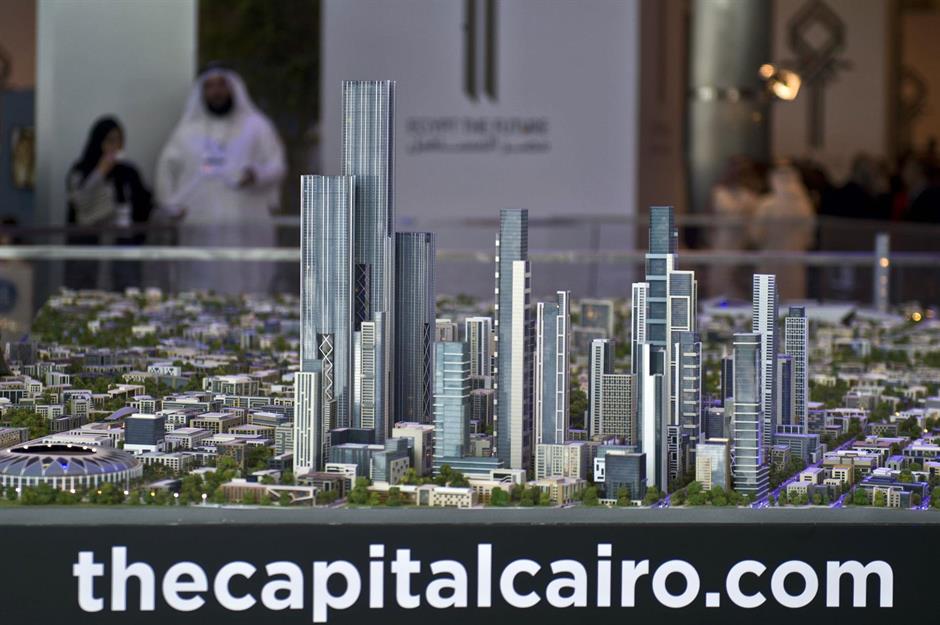
Egypt's yet-to-be-named new capital is currently taking shape in the desert, 28 miles (45km) east of Cairo. Expected to cost $45 billion (£34bn) and largely funded by the Egyptian military, the meticulously planned solar-powered city will wow with gleaming skyscrapers, the world's second largest mega-mosque, a stunning green space twice the size of New York's Central Park, and a theme park four times bigger than Disneyland. In total, it's estimated that the new city could home up to 6.5 million people.
It hasn't been without controversy, however, with some querying why the government hasn't used the money to deal with the infrastructure problems that Cairo faces instead.
German Unity Transportation Projects, Germany: $50 billion (£35bn)
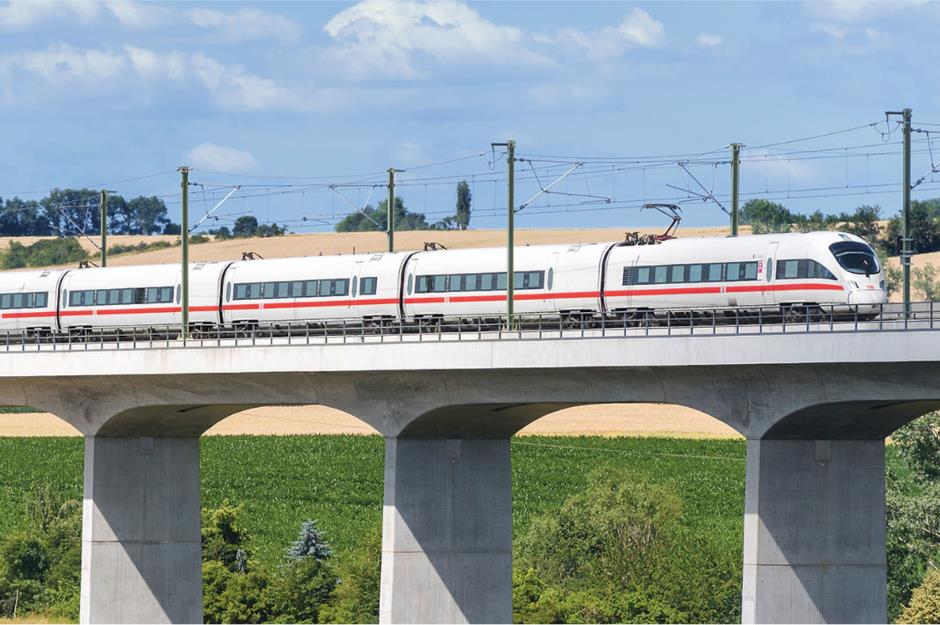
Germany's extensive goal of integrating and expanding its transport systems started in 1991, following the reunification of East and West Germany. It includes nine rail projects, seven motorway projects, and one waterway project. All in all, there is a budget of around €42 billion ($47.6bn or £35bn) to cover the improvements to infrastructure connecting the east and the west of the country.
Although most of the work is now done and dusted, construction of VDE 8, the final and largest phase of the project, is still ongoing. VDE 8 accounts for €10 billion ($11.3bn/£8.4bn) of the total budget.
Sound Transit 3, USA: $53.8 billion (£41.2bn)
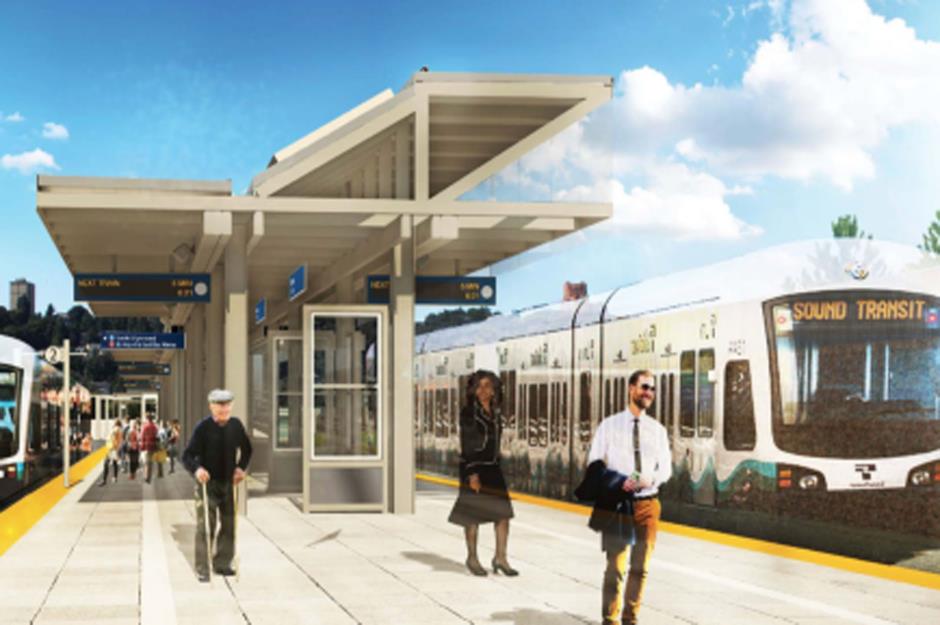
The extensive plans to expand the light rail system in Seattle was approved by the city's voters in 2016. It will add 62 miles (100km) of light rail services, such as trams, and allow for 40% more passengers.
The 37-station project, which will be partly funded by local taxes, is set to cost $53.8 billion (£45.2bn). New routes are continually being unveiled, and it's projected that 84% of Sound Transit District residents will have access to new rail services by 2040.
Dubailand, UAE: $64.3 billion (£47.6bn)
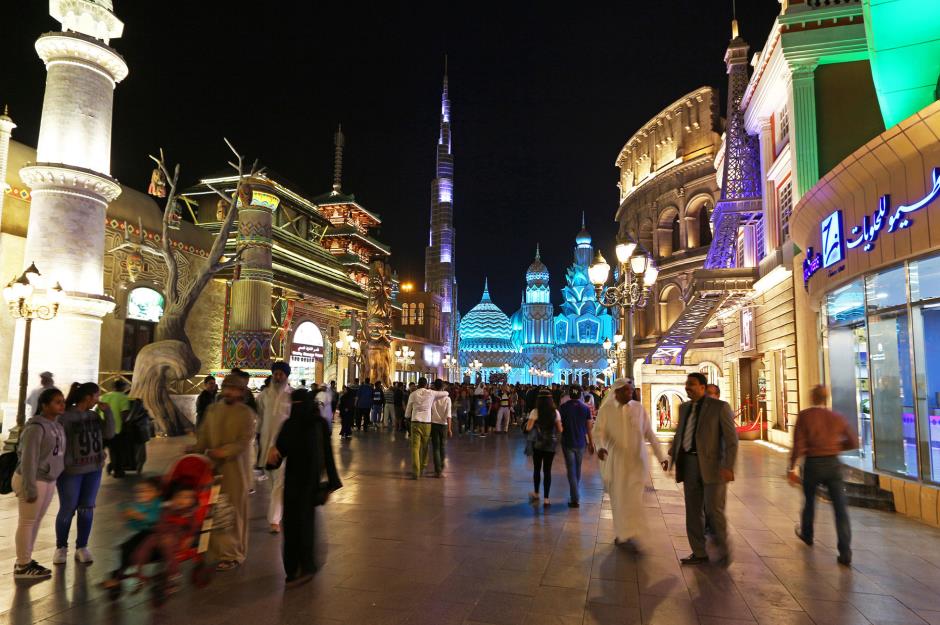
Dubai's premier theme park and entertainment complex was set to comprise six different ‘worlds’ and cover 107 square miles (277 square km) – twice the size of the world’s current largest theme park, Walt Disney World in Orlando, Florida. The project was estimated to cost $64.3 billion (£49.6bn) and, although in 2013 it was announced that $55 billion (£40.8bn) had already been raised, the remaining funds haven't been secured.
Delays were initially brought on by the global recession in the late 2000s and ensuing financial crises, while the COVID-19 outbreak has caused havoc for the theme park industry as a whole. So far, around 17 different Dubailand projects have been cancelled, including a 607-foot (185-metre) ferris wheel and Universal Studios Dubailand.
Alta Velocidad Española (AVE), Spain: $69.9 billion (£51.8bn)
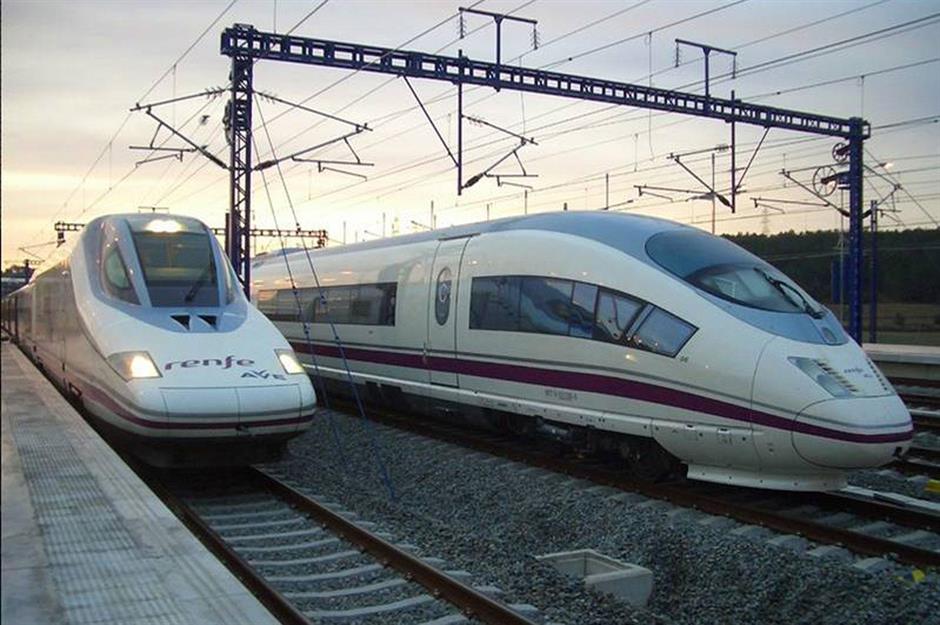
Covering 2,010 miles, Spain's high-speed AVE (an acronym that means 'bird' in Spanish) is the world's second longest rail network after China's bullet train. The Spanish government embarked on the project back in 1992, with the network originally scheduled for completion in 2020. However, two of its main lines are still under construction and are now expected to open later this year.
All in all, the entire project has an estimated price tag of $69.9 billion (£51.8bn). But there has been criticism that the improvements are ineffective, considering the huge cost of the work.
Suburban Rail Loop, Australia: $70 billion+ (£56.5bn+)
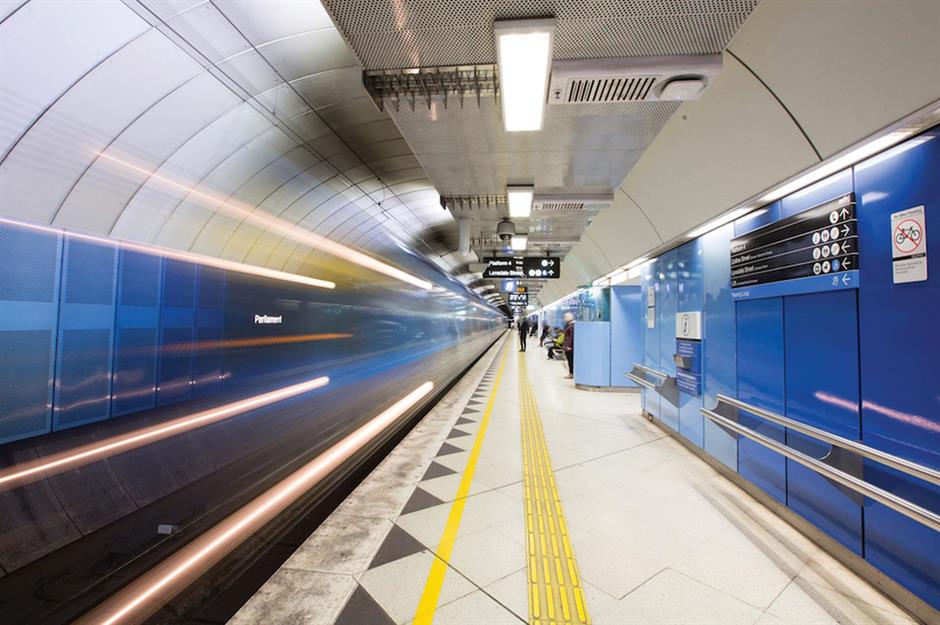
Melbourne's Suburban Rail Loop, which is part of the 'Victoria's Big Build' project, is a 56-mile orbital line that will link the city's central business district with the outer suburbs. Considered by many to be Australia's most extensive megaproject, it is expected to take more than 25 years to complete. And according to Alan Tudge – who served as the Minister for Cities, Urban Infrastructure and Population until 2020 – it will cost at least double the original price estimates, at upwards of AU$100 billion ($70bn/£56.5bn).
Chūō Shinkansen, Japan: $78.7 billion (£58.3bn)
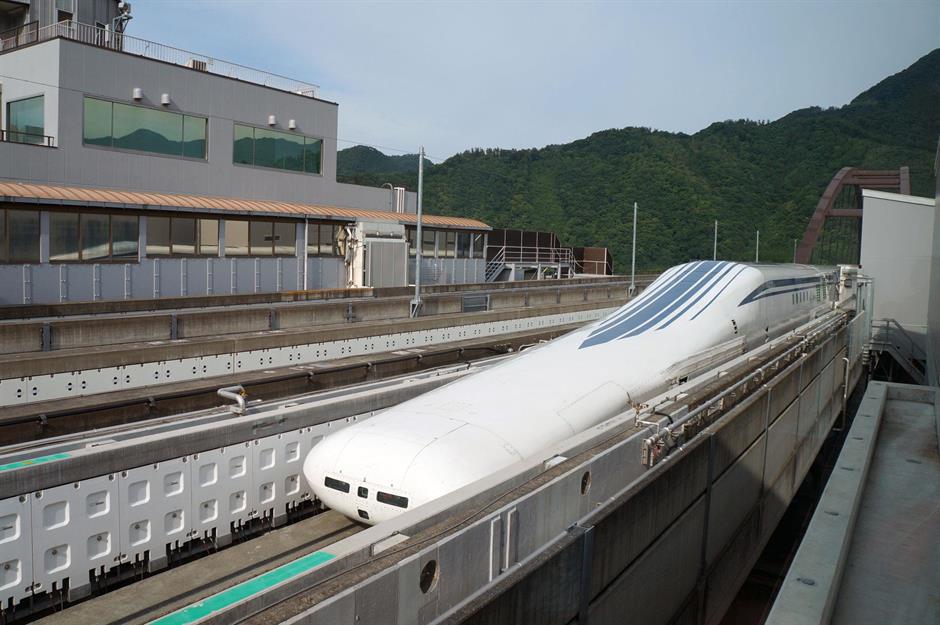
Japan is investing 9 trillion yen ($78.7bn/£58.3bn) in its high-speed maglev (magnetic levitation) train line, which will link Tokyo to Nagoya and, eventually, Osaka – meaning it will cover a total distance of around 340 miles.
Journey times will be staggeringly fast on the cutting-edge trains, which will whizz along at speeds approaching 314mph (505kmph). The first phase is scheduled for completion in 2027, while the Osaka extension is expected to launch in 2045.
South–North Water Transfer Project, China: $79+ billion (£58bn+)

With work originally started in 2002, this incredibly ambitious infrastructure project will eventually channel 45 billion cubic metres of water from the Yangtze River in southern China to the water-deprived cities of the north, every single year.
More than $79 billion (£58bn) has already been spent on the project, which is made up of three water diversion routes. It isn’t expected to be finished in its entirety until 2050, which means it will have been under construction for an astonishing 48 years.
Al Maktoum International Airport, UAE: $82 billion (£61.9bn)
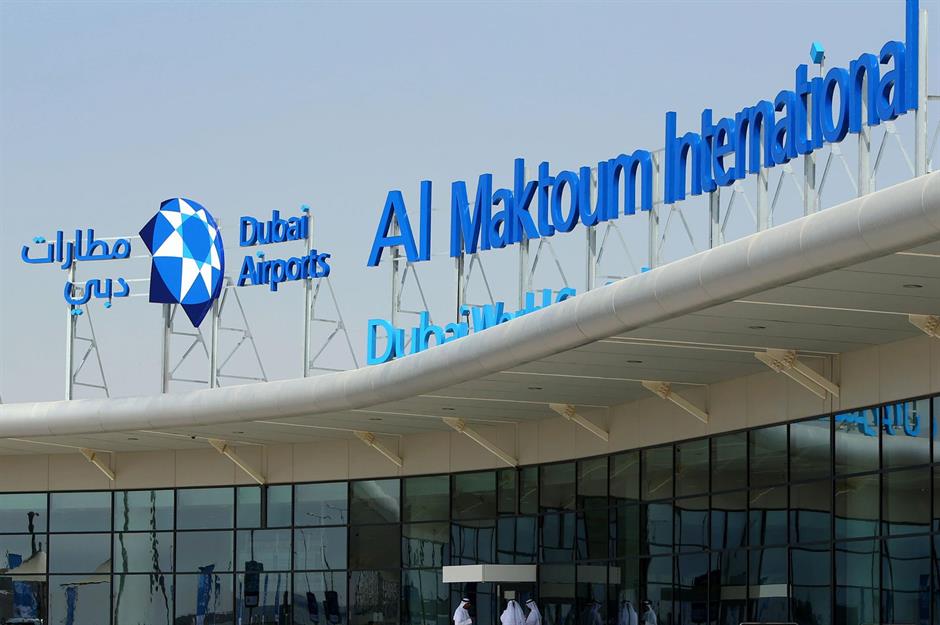
Once completed, the expansion of Dubai's Al Maktoum International Airport (also known as Dubai World Central) will make it the world's largest airport. When the work is complete, it will have the capacity to handle a whopping 120 million passengers each year.
The airport was scheduled to be completed by 2025, but Reuters reported in 2018 that the expansion had been delayed. Its existing runways reopened in May this year, following a two-year closure caused by the COVID-19 pandemic.
High Speed 2, UK: $94.8 billion (£70bn)
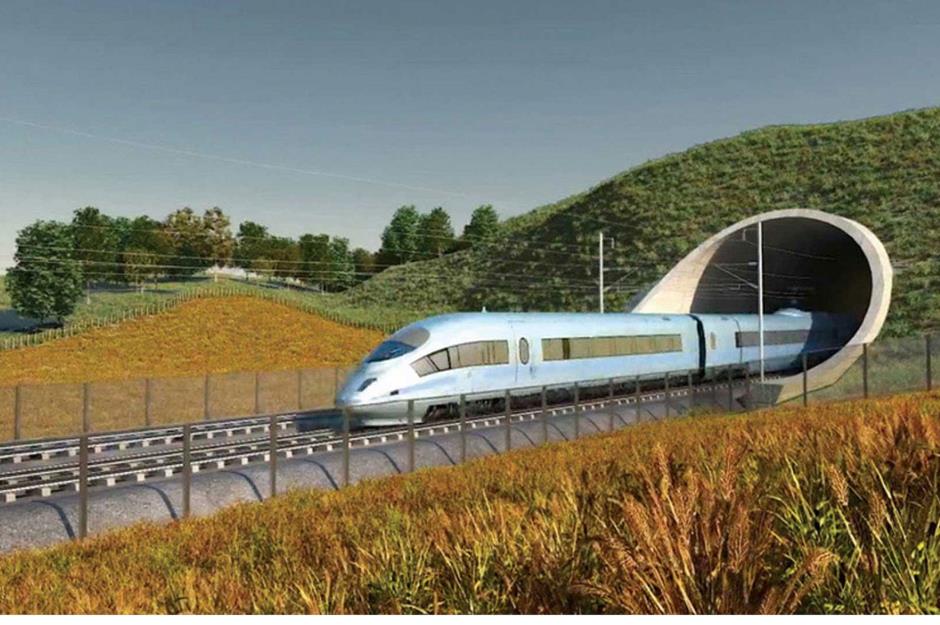
One of Europe's most expensive megaprojects, the UK's High Speed 2 (HS2) network was supposed to connect London to the northern ciies of Manchester and Leeds, and will be built in two phases. The first phase, linking London to Birmingham, is scheduled for completion by 2028-2031, while the second phase, connecting on to Manchester and now the central cities of Nottingham and Derby instead of Leeds, is likely to not be complete until the 2040s.
The cost of the controversial new network has gone up and up, with reports from October 2020 suggesting that an additional £800 million ($1.1bn) would be needed to pay for additional asbestos removal, as well as the complicated process of adding a new hub to London's Euston Station.
Delhi-Mumbai Industrial Corridor Project, India: $100 billion (£74bn)

India's most visionary construction project to-date, the Delhi-Mumbai Industrial Corridor will include 24 investment regions, eight smart cities, five power projects, and two airports, among other components.
It was launched as a joint project between the Indian and Japanese governments in 2006. All four phases of this $100 billion (£74bn) project are currently due to be completed by 2037, while the dedicated freight corridor is set to open in December this year.
King Abdullah Economic City, Saudi Arabia: $100 billion (£74bn)
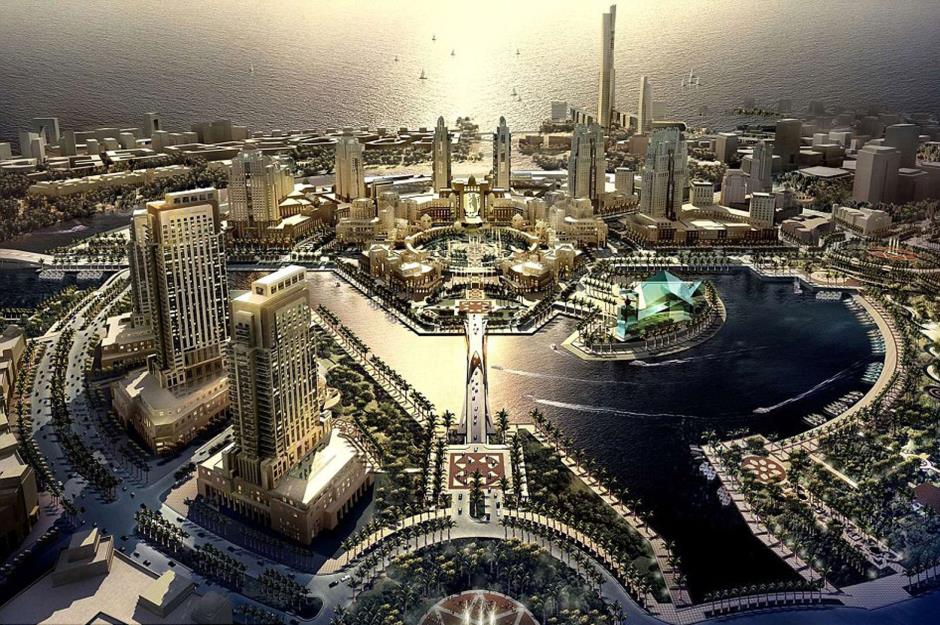
Named after the late King Abdullah and created with a focus on business, education, and property, this glittering new Saudi city will be larger than Washington. The site had just 7,000 inhabitants in 2018 but is anticipated to have a population of seven million by 2035.
Covering 67 square miles (173 square km), the development of the futuristic metropolis was announced in 2005 and is currently scheduled to be completed by 2029. It's expected to cost an eye-watering $100 billion (£74bn) in total.
Forest City, Malaysia: $100 billion (£74bn)
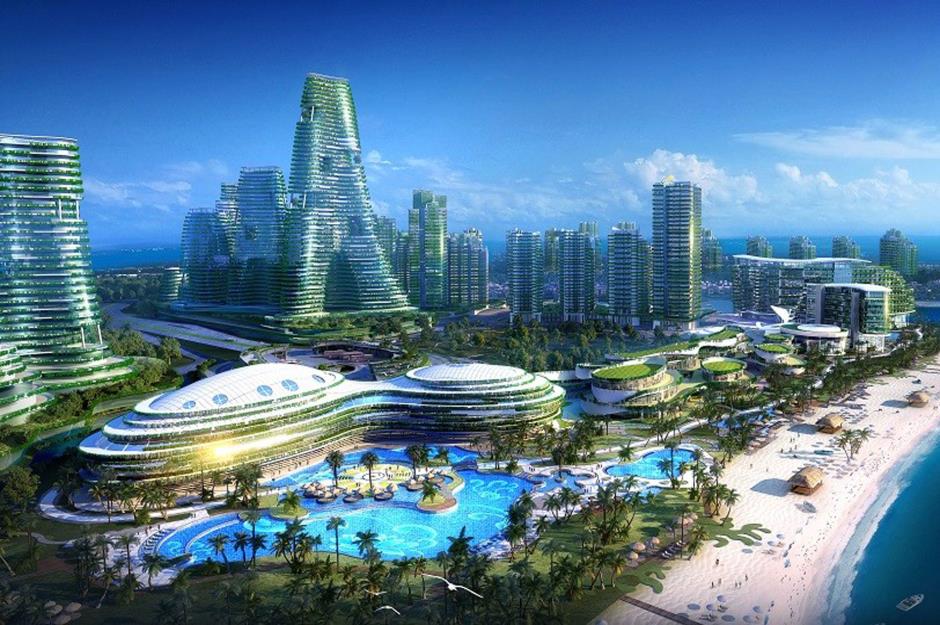
A joint project between China and Malaysia, Forest City will be made up of four man-made islands near the city state of Singapore. Billed as a 'dream paradise', the $100 billion (£74bn) eco city will span 3,425 acres (14 square km) and will feature buildings covered in greenery, creating a remarkable urban forest environment that will house 700,000 people by the completion of the fourth island in 2035. According to reports, an estimated 500 people were living in Forest City by the end of 2019.
Despite being far from finished, around 15,000 buildings have already been snapped up. The Forest City has won a number of awards, including the title of Global Model of Coastal Ecological Environment Protection five years in a row, and the 2019 Asian Townscape Jury’s Award.
Silk City, Kuwait: $132 billion (£98bn)
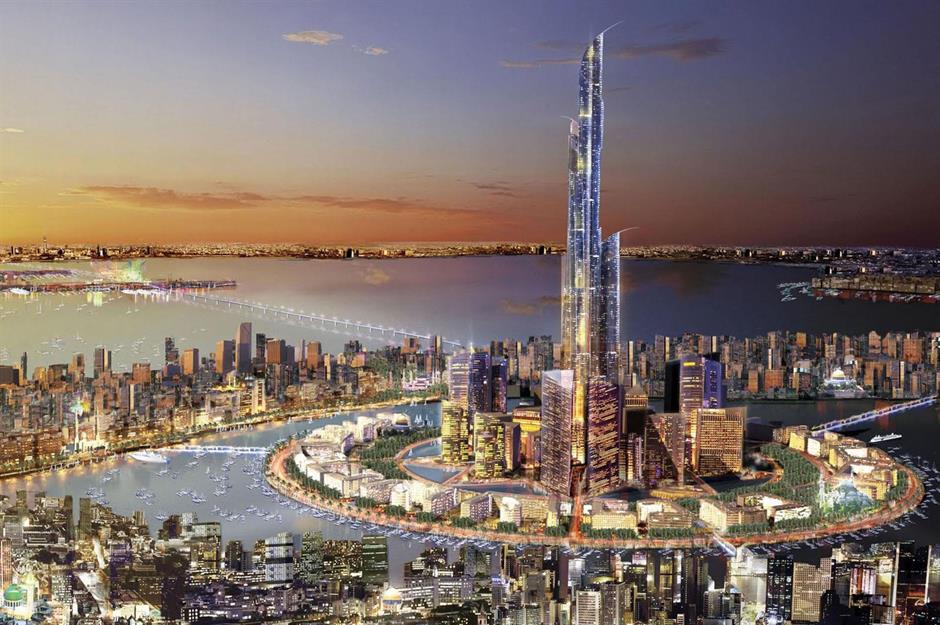
As part of China's Belt and Road Initiative, Kuwait is building Madinat al-Hareer, also known as Silk City, a 96.5 square mile (250 square km) development that will be home to the world's tallest building. The Burj Mubarak Al Kabir tower will stand at 1,001m (3,282 feet) tall, with its height carefully chosen as a nod to One Thousand and One Nights. The world's current tallest building is the Burj Khalifa in Dubai, which stands at 829.8m (2,722 feet).
Other highlights of the Silk City megaproject, which is expected to take around 25 years to complete, include a new airport, nature reserve, hotels, spas, and parks.
California High-Speed Rail Network, USA: $105 billion (£83.9bn)
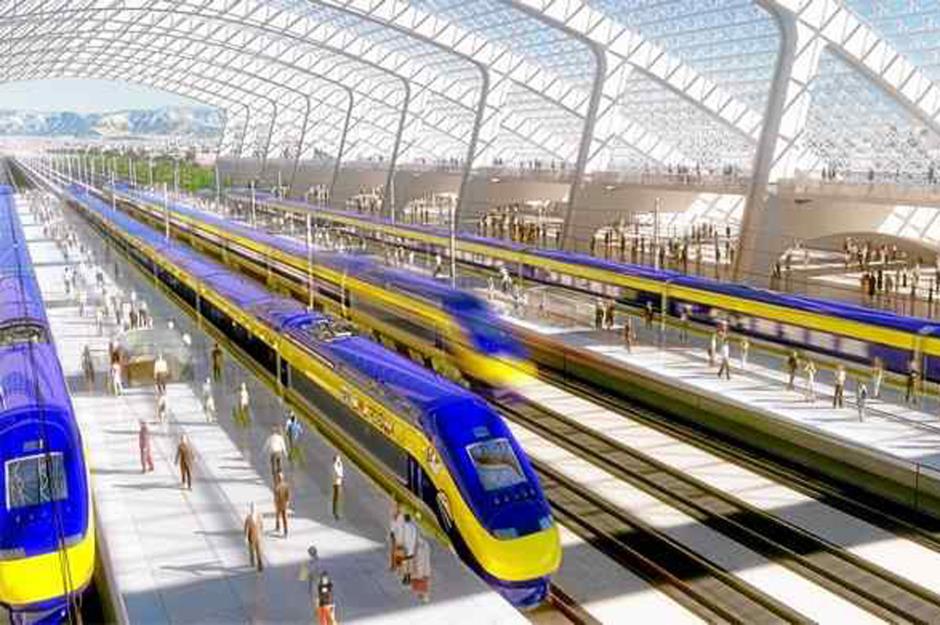
Another ambitious rail megaproject on the horizon is California's new high-speed train network, which is currently America's most expensive construction.
New estimates suggest the project is on track to cost over $105 billion (£83.9bn), making it $72 billion (£57.6bn) over its initial budget. It's also around 13 years behind schedule. Phase one, which will link San Francisco to Los Angeles in around two hours and 30 minutes, was scheduled for completion by 2029. However, it's since been pushed back to 2033, with legislators still fighting over whether to approve the remaining funds.
Gulf Railway, Persian Gulf countries: $250 billion (£185bn)
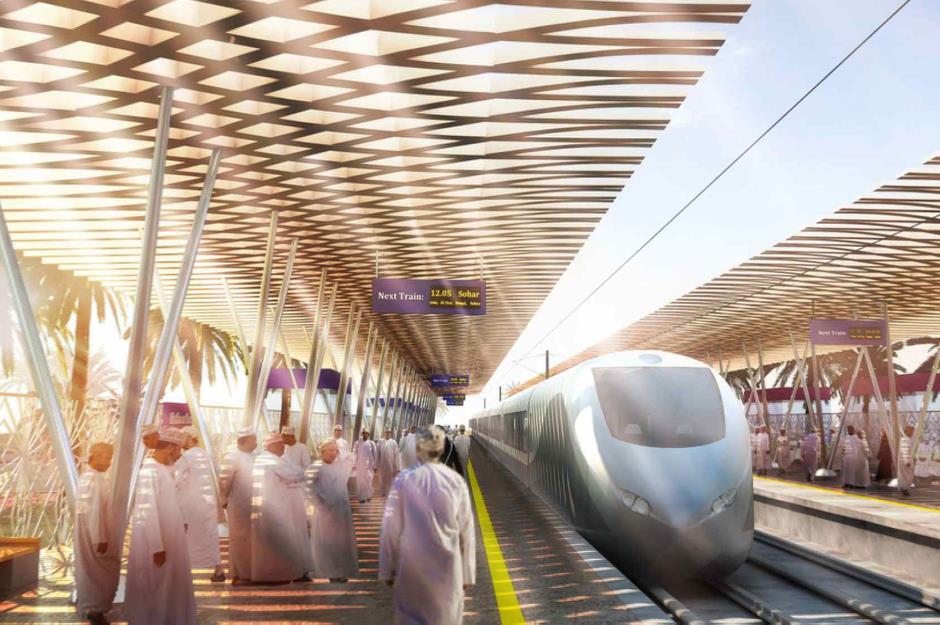
The Gulf Railway will connect all six Gulf Cooperation Council (GCC) member states in the Persian Gulf, spanning a total of 1,353 miles (2,177km). Initially scheduled for completion in 2018, the colossal $250 billion (£185bn) project was delayed as a result of low oil prices and disagreements between the six countries.
The first phase of the project – the line between Saudi Arabia, the United Arab Emirates, and Oman – is set for completion in 2023. The second phase, which will link up Saudi Arabia, Kuwait, and Bahrain, should be finished by 2025.
NEOM, Saudi Arabia: $500 billion (£371bn)
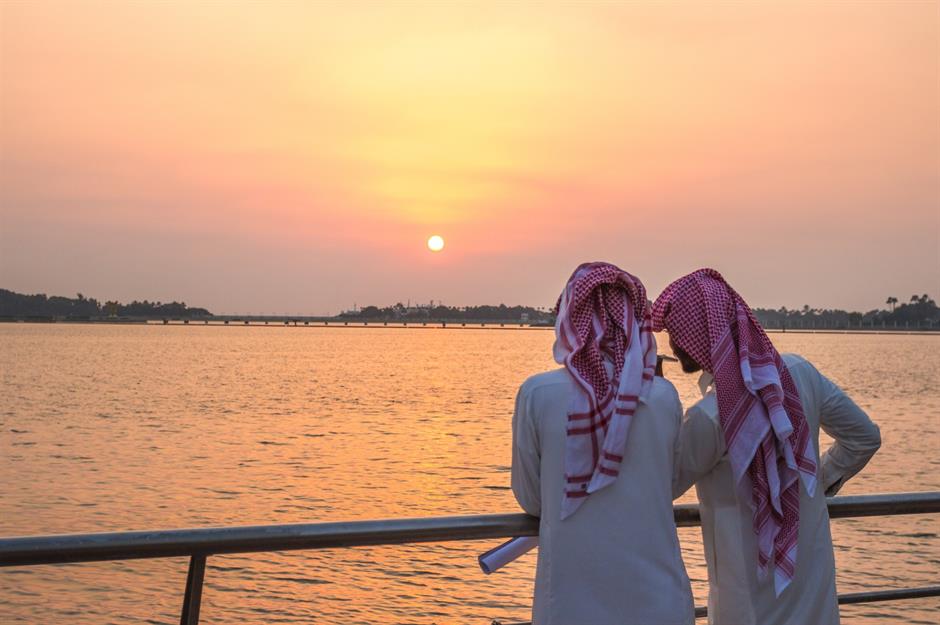
NEOM, which means 'new future', is a futuristic city being built north of the Red Sea in Saudi Arabia. Described as a 'living laboratory', NEOM will be made up of towns, cities, ports, and enterprise zones, and could be home to one million people from all over the world by 2030. The project has a total estimated budget of around $500 billion (£371bn).
Although the city will be powered entirely by renewable energy sources, the development isn't entirely blameless when it comes to environmental impact. Plans have highlighted the ease of international travel to the area as a big selling point, with 40% of the world's population able to reach NEOM within four hours by plane.
Urban Renewal Project, Turkey: $400 billion (£297bn)
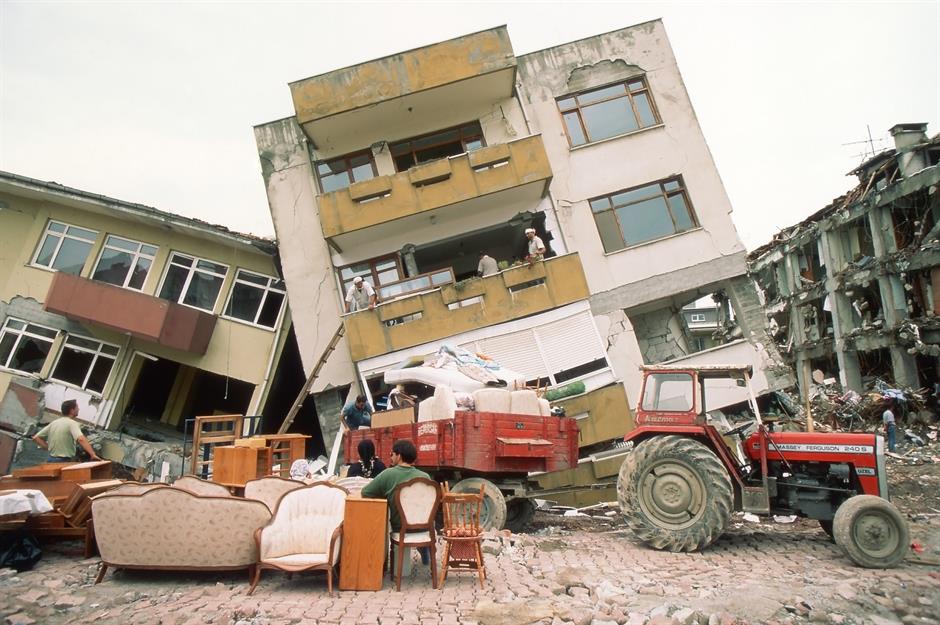
Turkey's seismically unsafe infrastructure is set for a major overhaul over the next 20 years. The Turkish government is setting aside $400 billion (£297bn) to demolish millions of crumbling buildings and replace them instead with earthquake-proof structures in what's shaping up to be the largest urban renewal project of all time.
Another part of Turkey’s urban evolution is the implementation of recycling systems across the country. According to estimates, all municipalities are scheduled to have switched to zero waste by 2023.
TEN-T Network, Europe: $550 billion (£408bn)
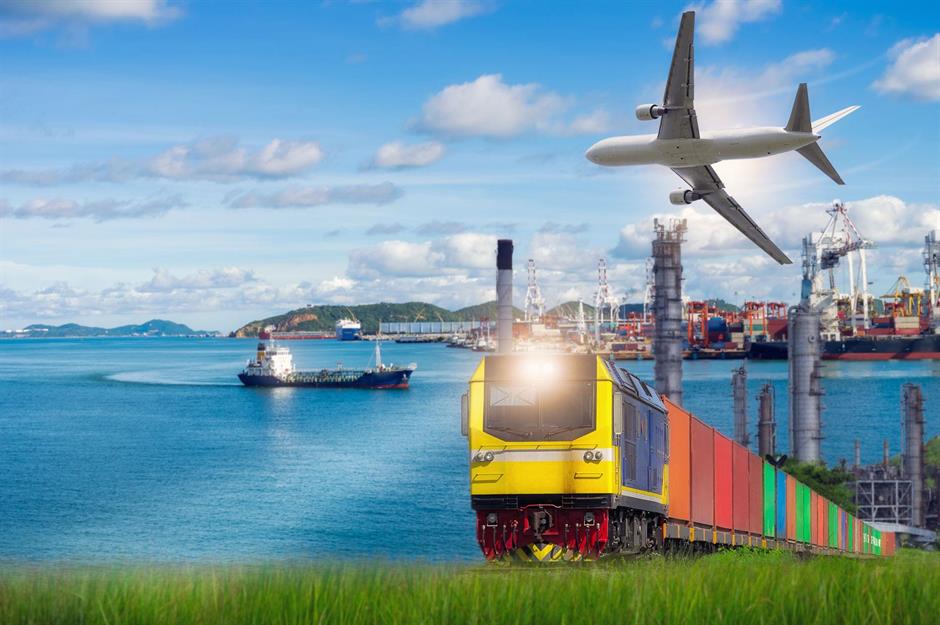
The EU is investing a whopping $550 billion (£408bn) in the Trans-European Transport Network (TEN-T) megaproject, which involves the construction and integration of hundreds of thousands of miles of road, rail, waterway, sea, and airport networks throughout its 27 member states.
While several networks were completed in 2019, a number still remain under construction. The UK branches of the network were scrapped in 2018, after the country voted to leave the EU.
Belt and Road Initiative (BRI), global: $8 trillion (£5.9tn)
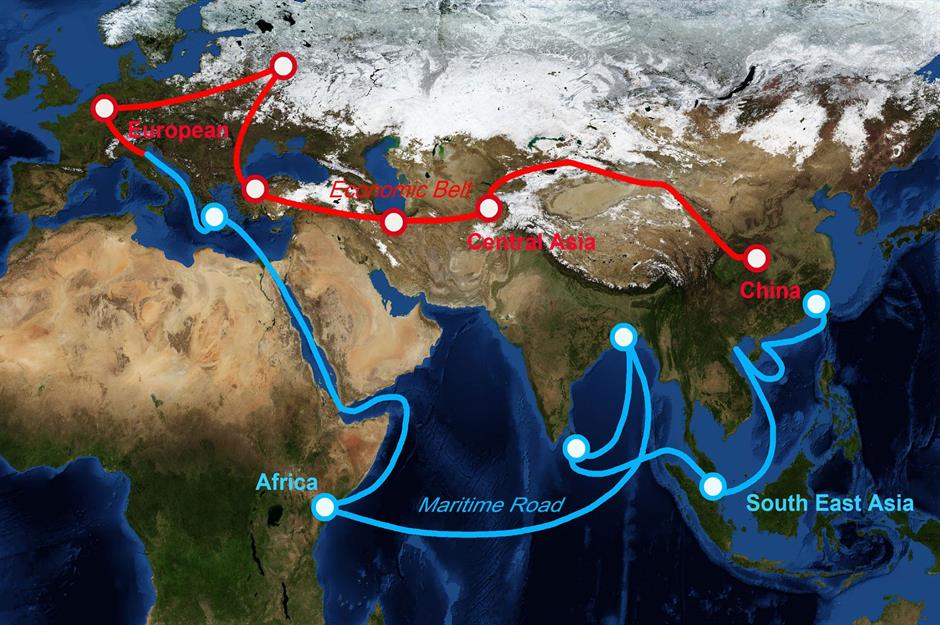
China is going all-out with its mind-blowing Belt and Road Initiative (BRI). The biggest megaproject of all time, the BRI encompasses 7,000 integrated infrastructure projects. As of March this year, 146 countries in Asia, Africa, and Europe have joined the initiative, according to the Green Finance & Development Center.
Due for completion in 2050, the vast initiative could cost up to an astounding $8 trillion (£5.9tn). Yet that's nothing in the scheme of things: a 2019 study by CEBR, the UK economics consultancy, estimated that once completed in 2040, the project will boost global GDP by $7.1 trillion (£5.3tn) per year.
Now see some incredible megaprojects that never happened
Comments
Be the first to comment
Do you want to comment on this article? You need to be signed in for this feature